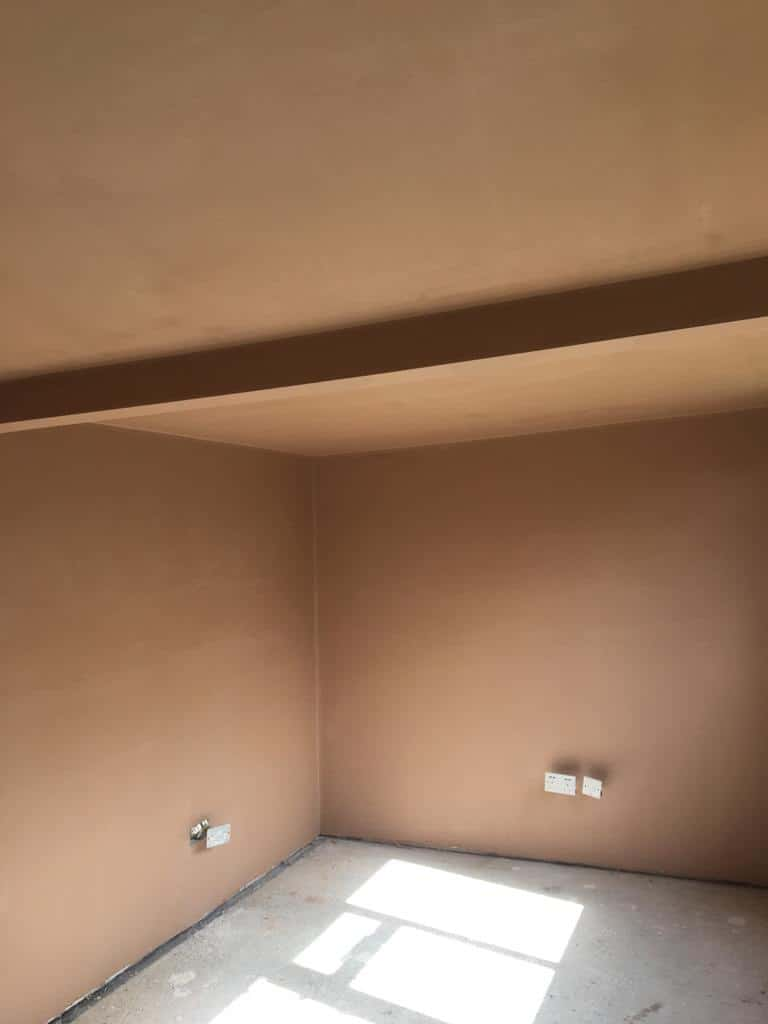Signs That Your Walls Need Replastering: When to Consider House Plastering
Introduction: The condition of your walls greatly affects the overall appearance and functionality of your home. Over time, walls can deteriorate due to factors such as moisture, age, or previous poor plastering work. Recognising the signs that indicate your walls need replastering is essential to maintain a beautiful and structurally sound living space. In this blog post, Buxton Plastering will highlight the key signs that warrant house plastering, helping you make informed decisions for your home.
- Cracks and Flaking: Cracks and flaking are common indicators that your walls may require replastering. Hairline cracks may appear over time due to natural settling or temperature fluctuations. However, if cracks are widening, extending diagonally, or forming a spiderweb pattern, it could be a sign of deeper structural issues that need professional attention. Similarly, if your walls show extensive flaking or the existing plaster is crumbling, it’s time to consider replastering.
- Dampness and Mold Growth: Dampness and mould growth on your walls are significant signs that replastering is necessary. Moisture penetration from leaky pipes, rising dampness, or inadequate insulation can lead to damp patches and unsightly mould growth. Not only do these issues compromise the aesthetics of your home, but they can also pose health risks. Replastering with moisture-resistant materials can help address these problems and create a healthier living environment.
- Uneven Surfaces and Bulges: Uneven surfaces and bulges in your walls are indications of underlying plastering issues. Over time, plaster can become uneven due to poor application techniques, settling, or water damage. These irregularities not only affect the appearance of your walls but can also cause difficulties when applying paint or wallpaper. Replastering can create a smooth and level surface, providing a clean canvas for your desired finish.
- Outdated or Damaged Plaster: If your walls have outdated or damaged plaster, it may be time to consider replastering. Old or poorly maintained plaster can degrade over time, resulting in an unsightly and worn appearance. Additionally, if your walls have undergone extensive repairs or renovations that have damaged the existing plaster, replastering becomes necessary to restore the integrity and visual appeal of the walls.
- Poor Acoustic or Thermal Performance: If you experience issues with sound insulation or heat retention in your home, it could be due to inadequate plastering. Insufficient plaster thickness or the use of outdated materials can impact the acoustic and thermal performance of your walls. Replastering with modern insulation techniques and materials can improve both soundproofing and energy efficiency, creating a more comfortable living environment.
Conclusion: Recognising the signs that indicate your walls need replastering is essential for maintaining a beautiful and structurally sound home. Cracks, flaking, dampness, mould growth, uneven surfaces, outdated or damaged plaster, and poor acoustic or thermal performance are all indications that replastering is necessary. At Buxton Plastering, we specialise in high-quality house plastering services, providing expert solutions to restore the beauty and functionality of your walls. Contact us today to discuss your replastering needs and experience the difference of working with professionals who are dedicated to transforming your home.
Call us on 01298 608 485 or click here to complete our contact form and see how we can help with your house plastering needs.

